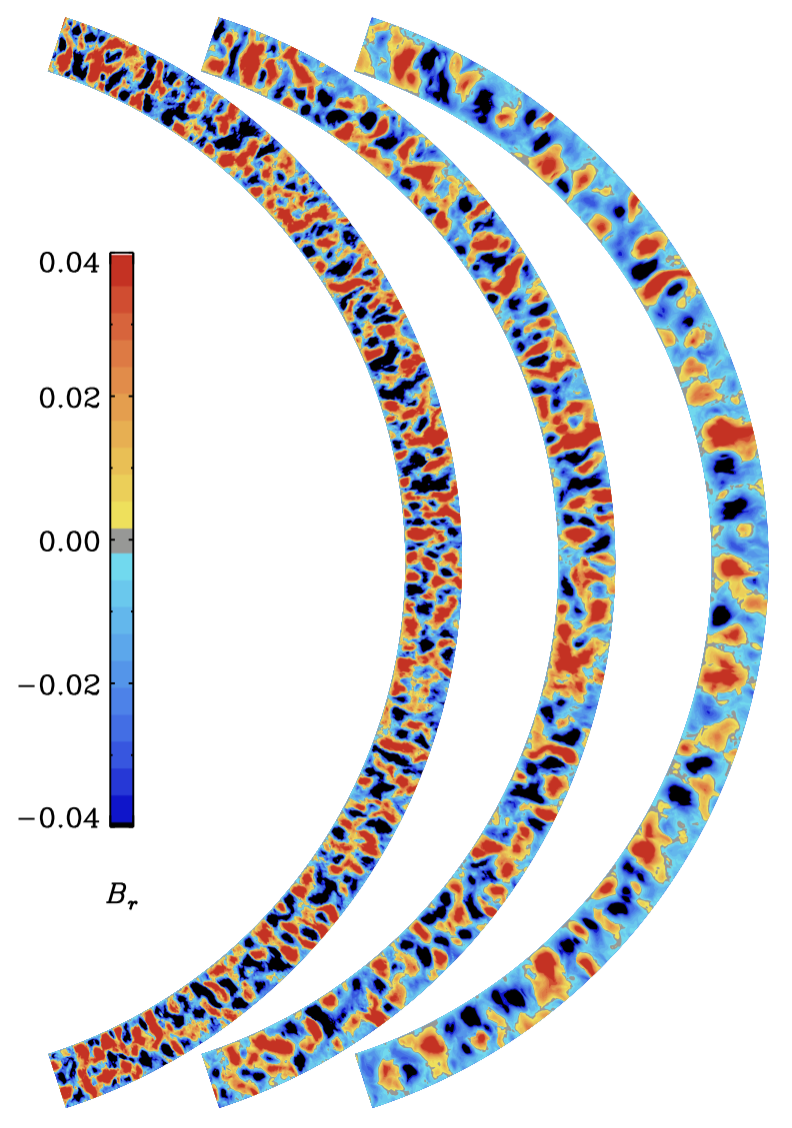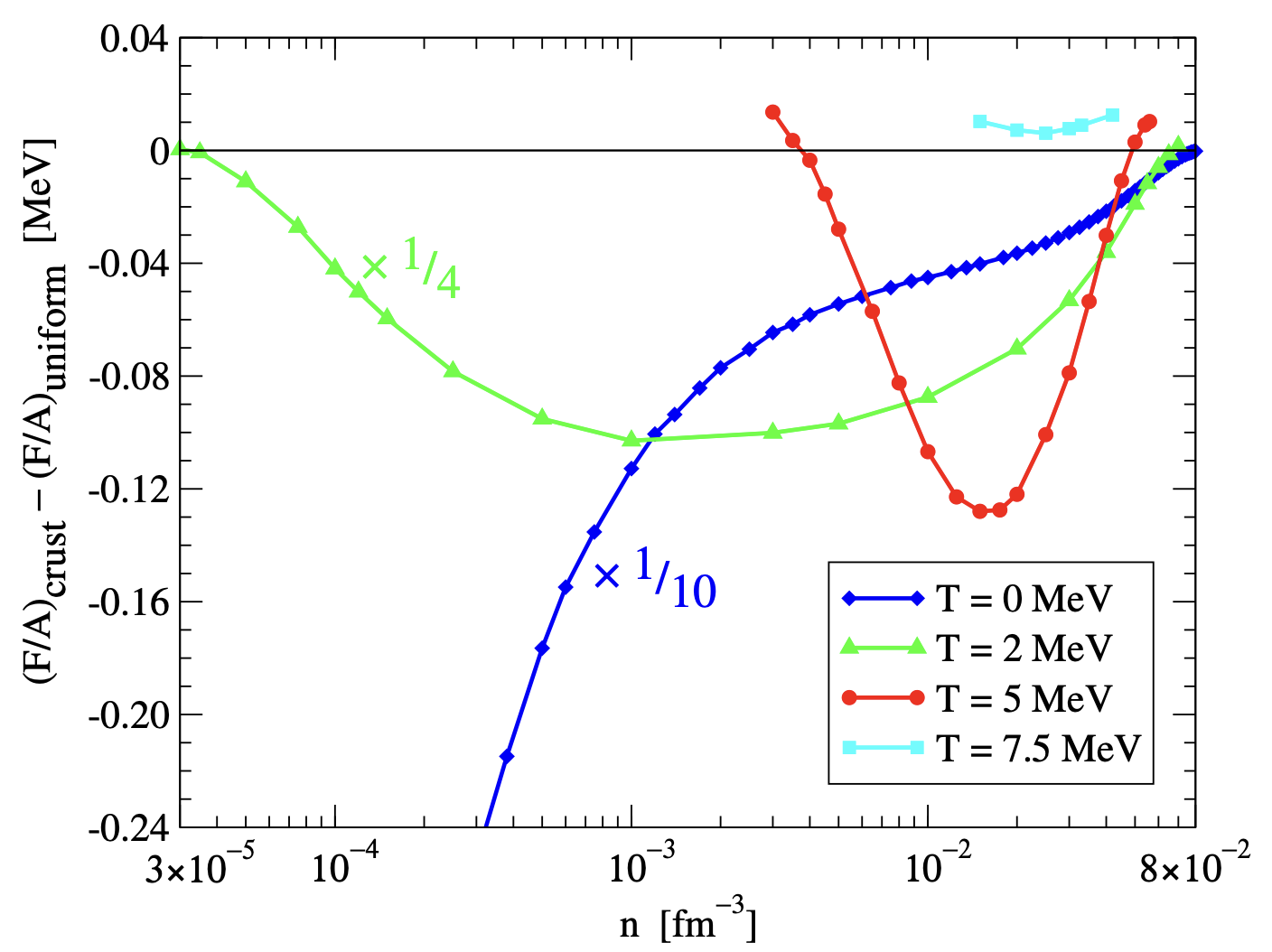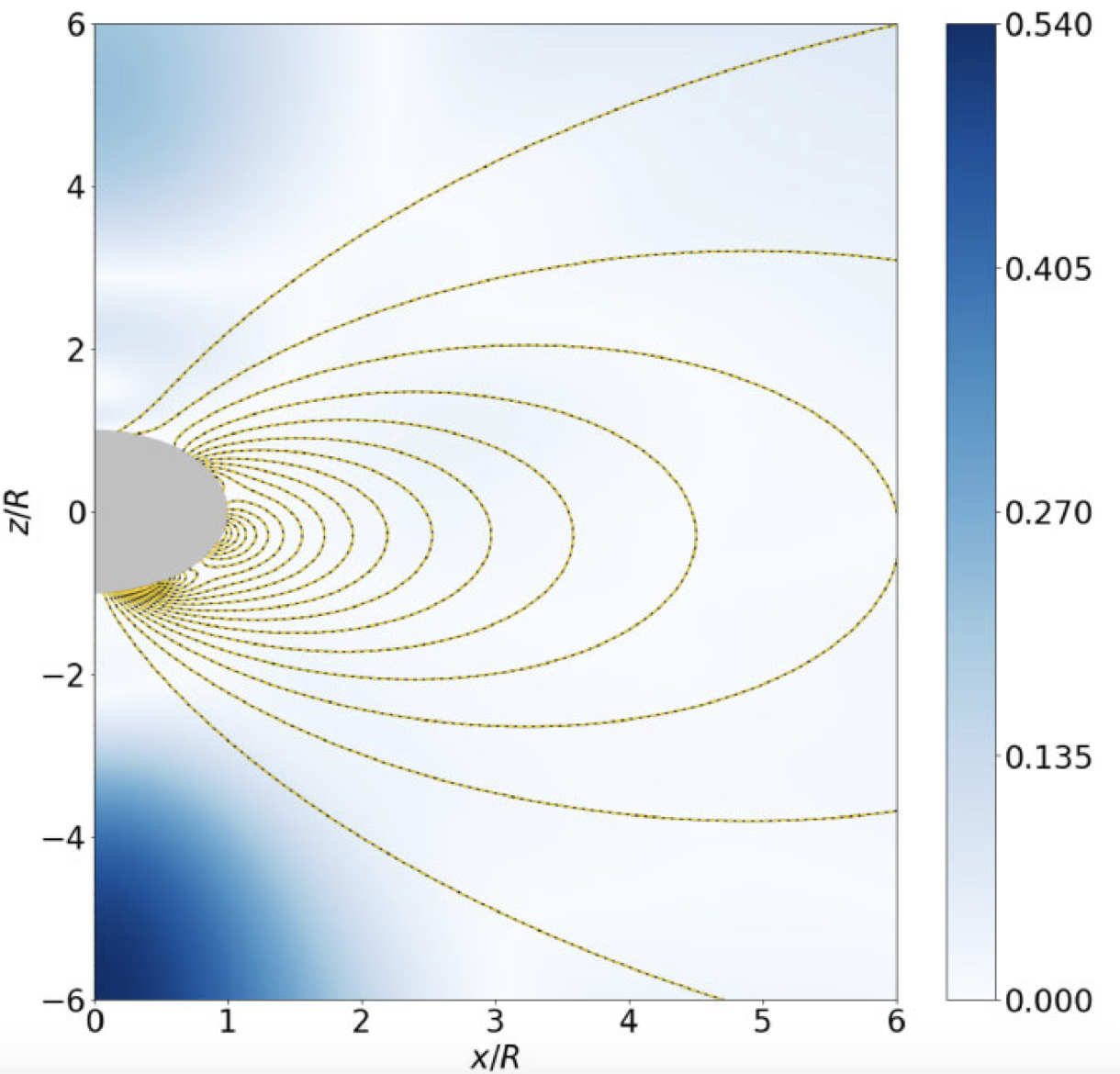Research Highlights
I am a theoretical and computational astrophysicist and currently a Juan de la Cierva Fellow in Spain. My research focuses on neutron stars, compact stellar remnants whose densities are so extreme that a teaspoon of their material would exceed the mass of a mountain. These objects are observed across the electromagnetic spectrum, yet fully understanding their behavior requires modeling the complex interplay between magnetic fields, heat transport, and ultra-dense matter in their interiors. To investigate these extreme physical regimes, I employ large-scale, high-performance numerical simulations.








